Lingo - AI-Powered Translation
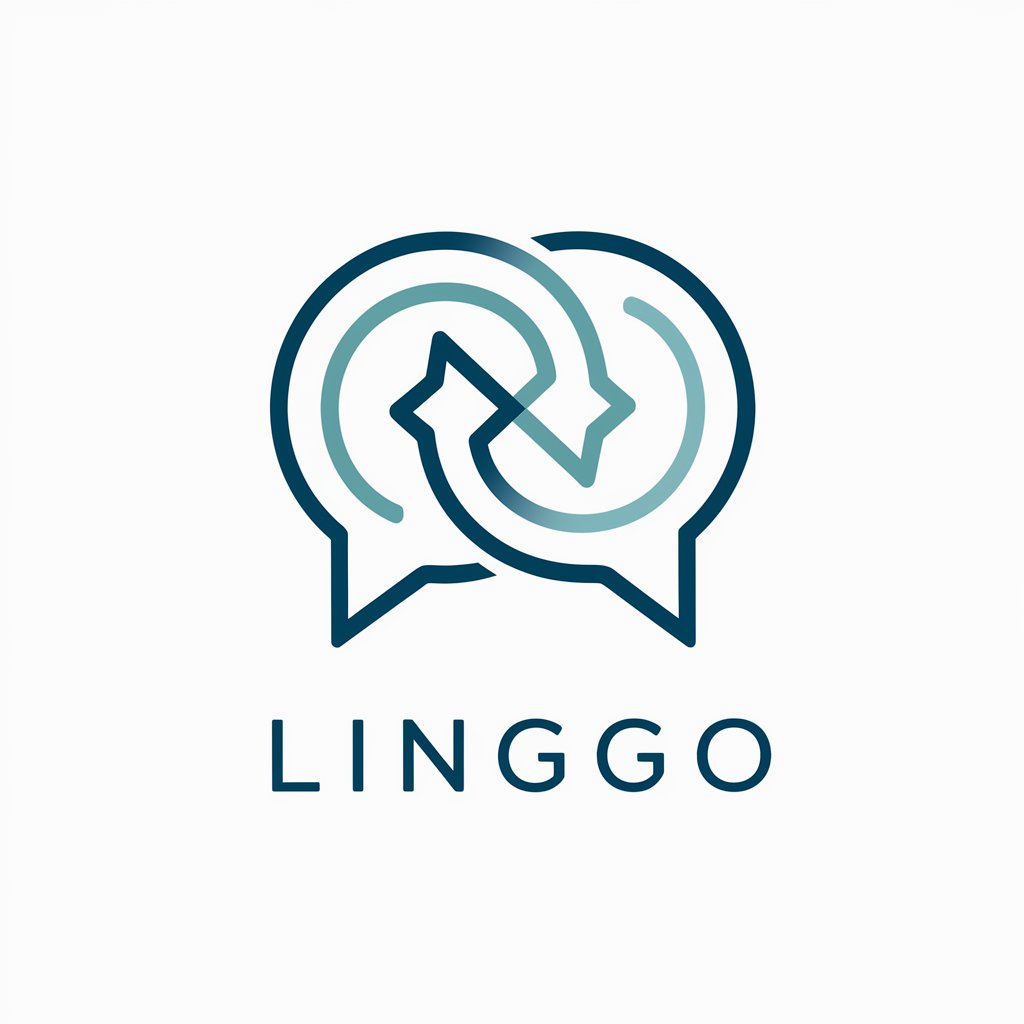
Hello! How can I assist you with your translation today?
Translate effortlessly with AI precision.
Translate the following text from English to French:
How do you say this in Spanish?
Please convert this German text to English:
Can you provide a translation of this phrase into Japanese?
Get Embed Code
Understanding Lingo
Lingo is a specialized AI tool designed for translations across multiple languages, offering nuanced, context-sensitive outputs. It adapts its tone based on the setting, ensuring appropriateness in communication, whether in a formal academic or business environment or a casual everyday context. For instance, a business email translation from English to Japanese will observe formal language nuances, while a casual chat message translation from Spanish to English will maintain a relaxed tone. Lingo's design is user-centric, focusing on providing clear, accurate translations to bridge communication gaps effectively. Powered by ChatGPT-4o。

Core Functions of Lingo
Contextual Translation
Example
Translating a formal business proposal from English to German, Lingo ensures that the tone remains professional, using appropriate business jargon and formal expressions.
Scenario
A business professional requires an accurate translation of their proposal to pitch to German investors, maintaining the document's original professionalism and intent.
Tone Adaptation
Example
When translating informal blog content from French to English, Lingo adapts to a conversational tone, ensuring the English version resonates with casual readers while retaining the original message.
Scenario
A French travel blogger wants to reach an English-speaking audience without losing the personal, friendly tone of their original posts.
Target Users of Lingo Services
Business Professionals
Professionals who engage in international communications, requiring precise and contextually appropriate translations for contracts, emails, and presentations. Lingo helps them navigate language barriers in global business contexts efficiently.
Academics and Researchers
Individuals in academia who need to translate papers, research, or collaborate with international peers. Lingo provides accurate translations, preserving the original meaning and academic rigor of their work.
Casual Users
Everyday individuals looking to translate emails, messages, or content for personal use, ensuring clarity and appropriateness in cross-cultural communications.

How to Use Lingo: A Step-by-Step Guide
Step 1
Start by accessing Lingo at yeschat.ai for an immediate experience without the need for ChatGPT Plus or any sign-in procedures.
Step 2
Choose the language pair you need for translation. Lingo supports a wide range of languages, ensuring versatility for various users.
Step 3
Enter the text you wish to translate. For accuracy, provide clear context or specify the tone required, whether formal or casual.
Step 4
Review the translated text. Lingo provides high-quality translations, but it's always good practice to double-check for any nuances or specific terms.
Step 5
Use the additional features, if needed. Lingo can offer synonyms, examples, and further explanations upon request for a comprehensive understanding.
Try other advanced and practical GPTs
Lingo
Bridging languages with AI power.
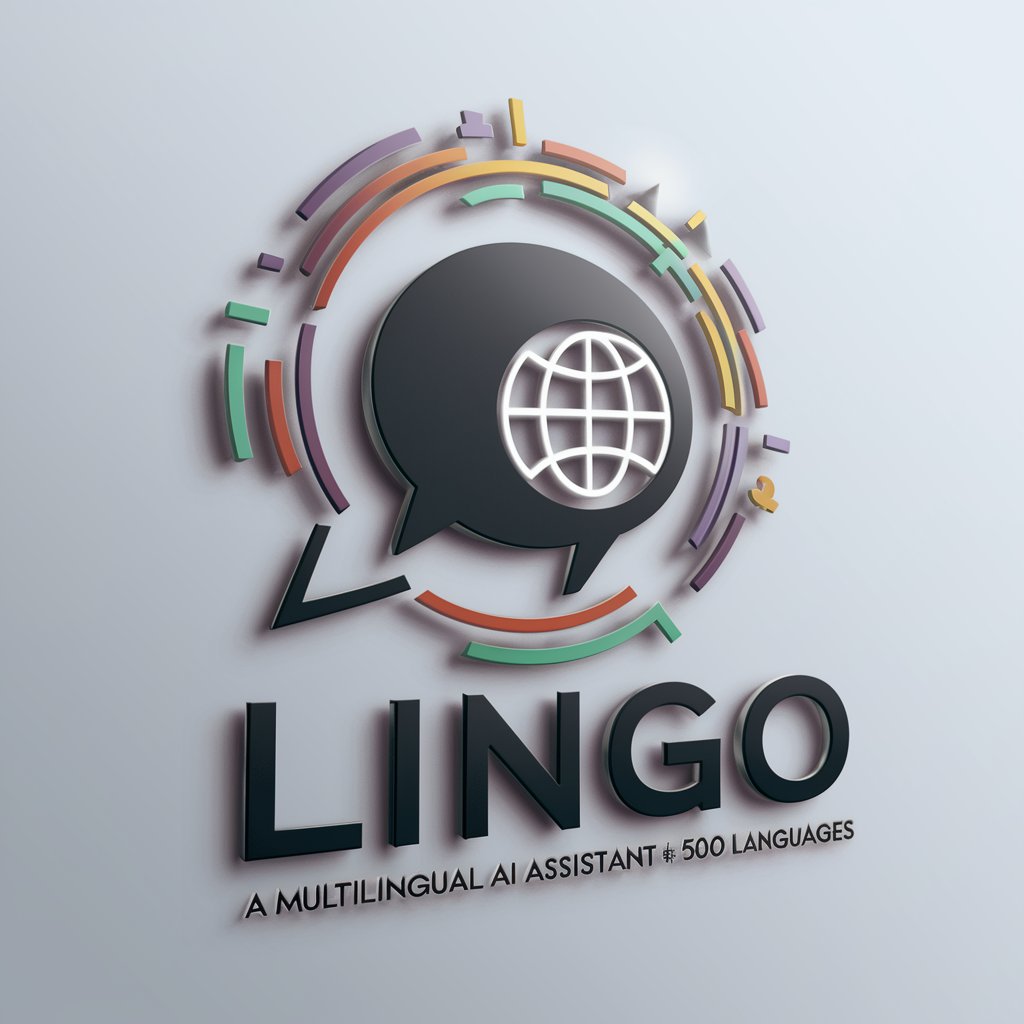
Lingo
Elevate Your English with AI
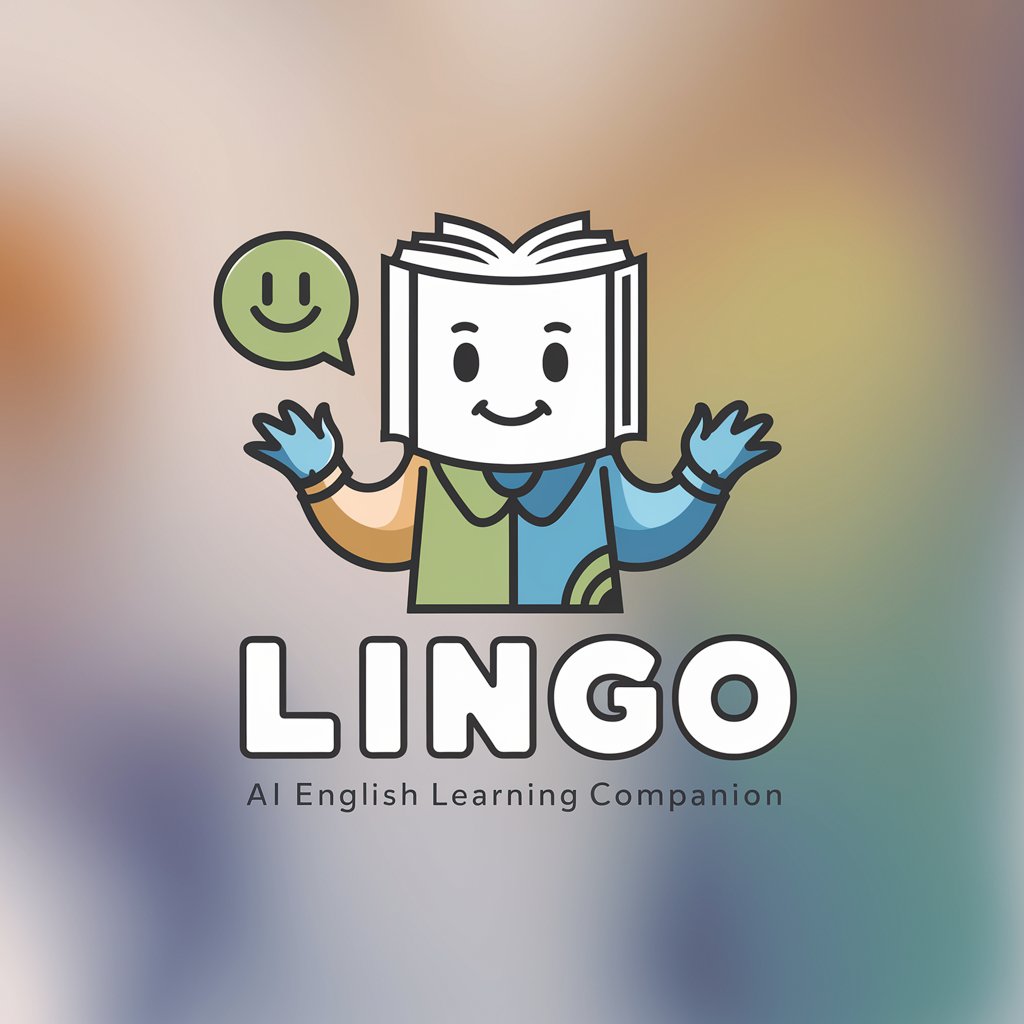
Lingo
Empowering your creativity with AI
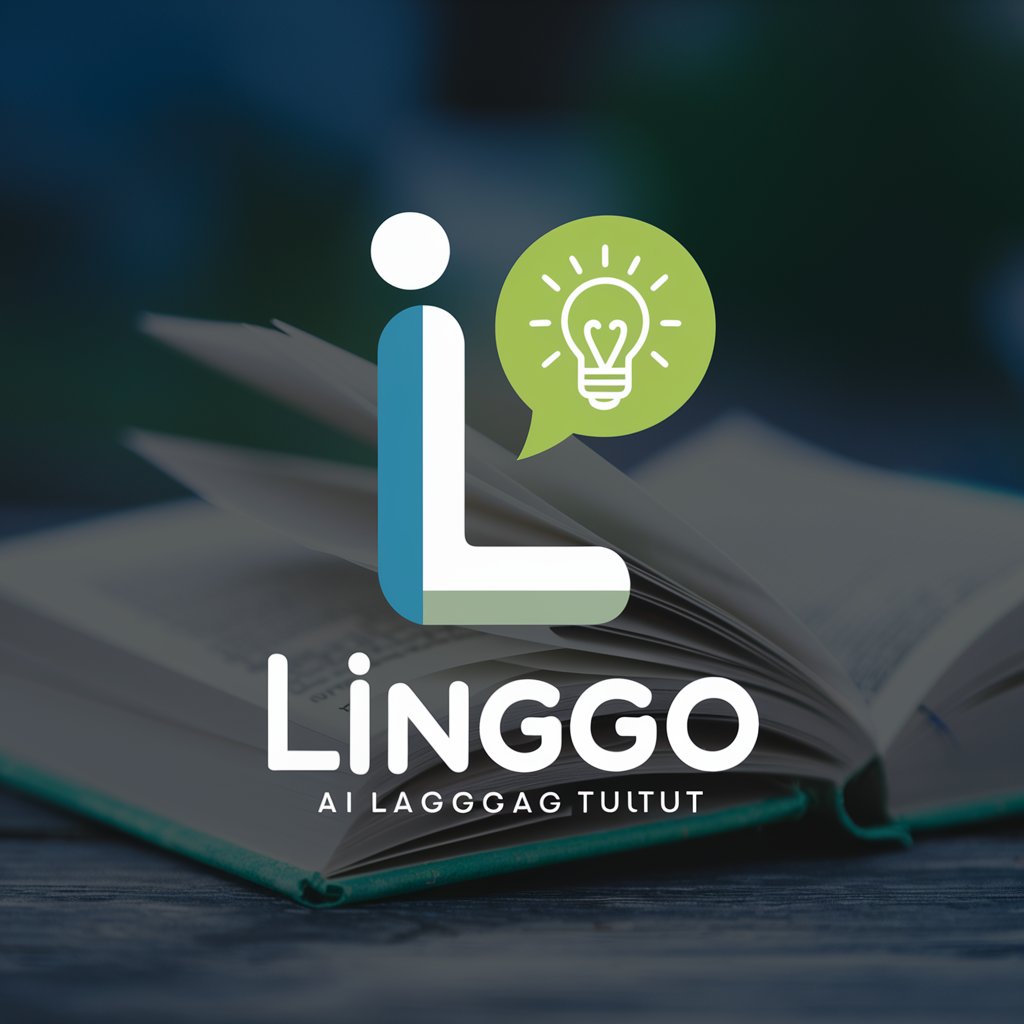
Lingo
Translate effortlessly with AI power
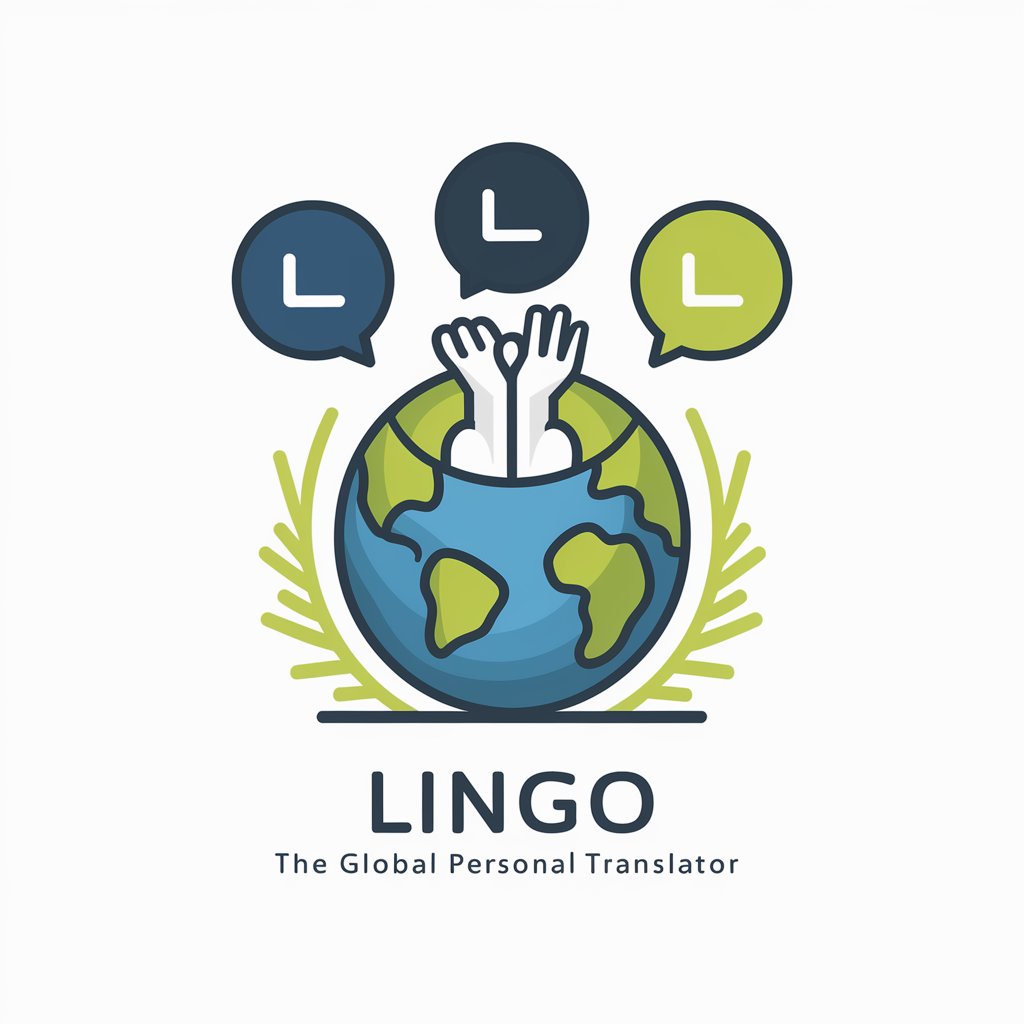
LinGO
Master Languages with AI Guidance
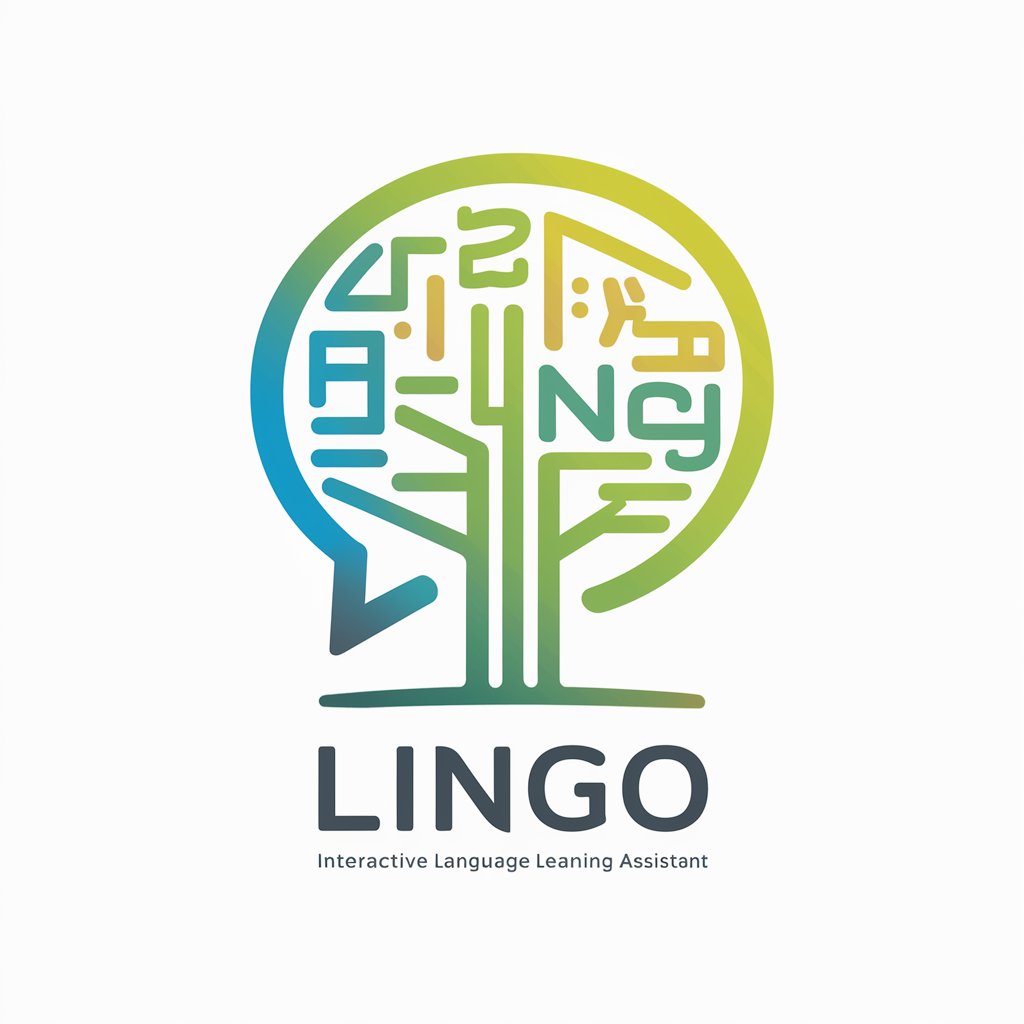
Lingo Buddy: a dictionary and vocabulary builder
Unlock languages with AI-powered insights

Lingo
Empowering Communication with AI
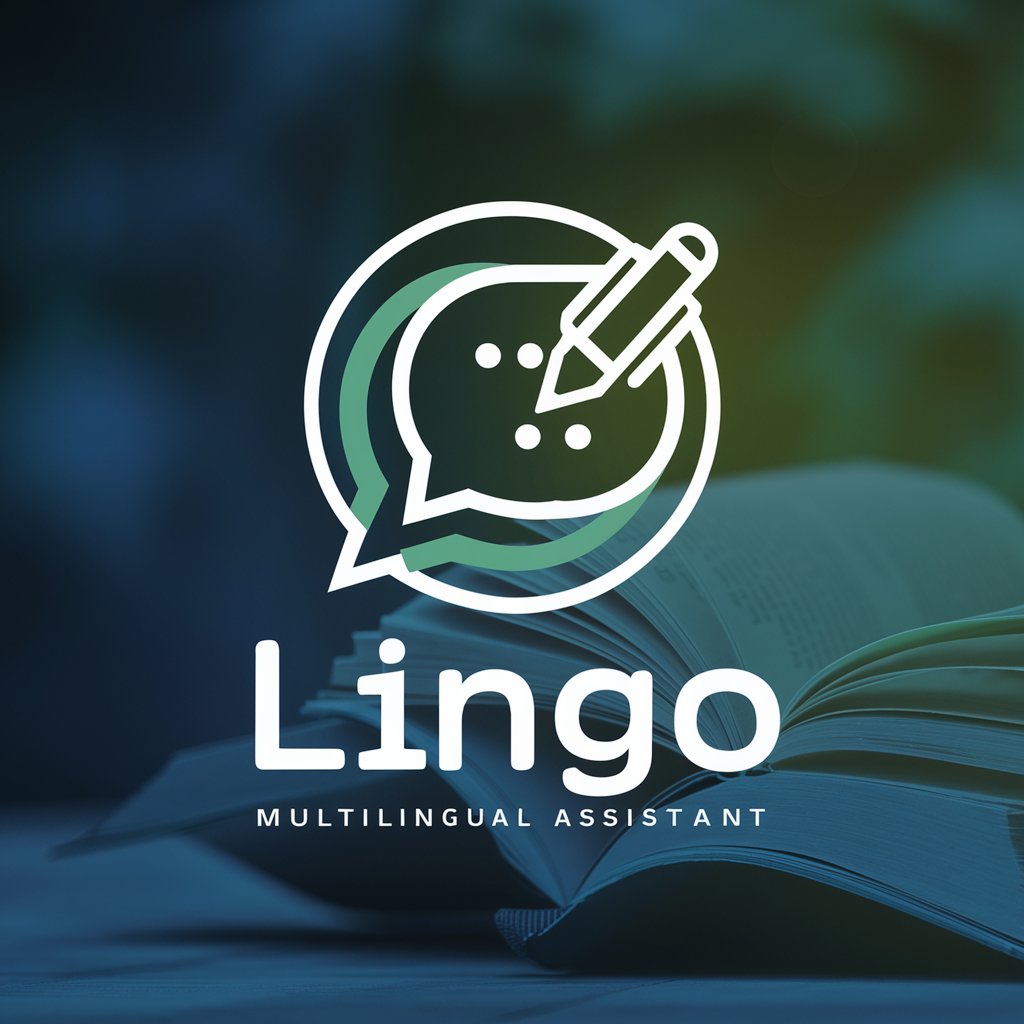
Lingo
Enhancing language learning with AI.

5 Levels of Physics
AI-driven Physics Education

5 Levels of Physics
Empowering physics learning with AI.

5 Levels of Chemistry
Empowering Chemistry Learning with AI

5 Levels of Math
Tailored Math Education Powered by AI

Frequently Asked Questions about Lingo
Can Lingo handle translations for highly technical documents?
Yes, Lingo is equipped to manage translations for technical documents, leveraging specialized vocabulary and context to ensure accuracy.
Does Lingo support voice input for translations?
While Lingo is primarily text-based, it can process text extracted from voice inputs provided they are converted to text format before submission.
How does Lingo ensure the quality of translations?
Lingo uses advanced AI algorithms trained on a vast corpus of languages and contexts, ensuring translations are not only accurate but also contextually relevant.
Can Lingo provide translations in real-time for live conversations?
Lingo can provide near real-time translations, making it suitable for live conversation applications, though slight delays may occur depending on text length and complexity.
How does Lingo handle multiple dialects within the same language?
Lingo recognizes various dialects and can adapt its translations accordingly, provided the user specifies the particular dialect or context.
